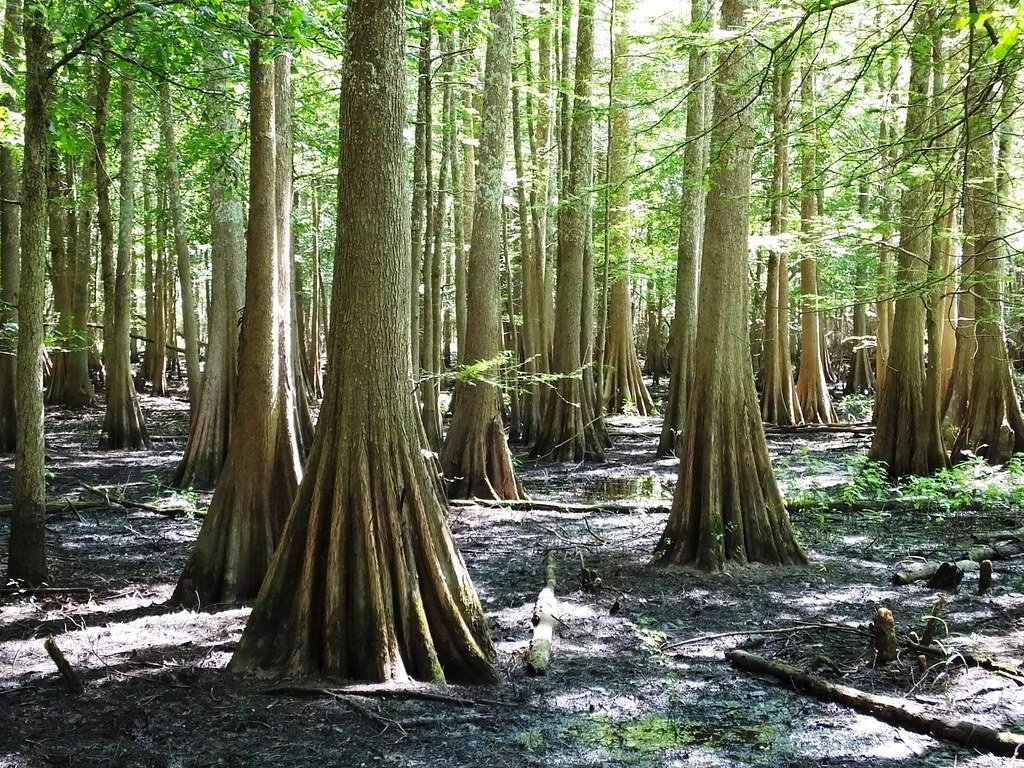In the heart of Mississippi’s murky swamps, an ancient sentinel—known to locals as the “Swamp Ghost”—stands unyielding. These are the bald cypress trees, whose gnarled roots and towering trunks tell tales of time most of us can scarcely imagine. For over 2,000 years, these silent giants have recorded the whispers of climates past, offering us invaluable insights into the earth’s long-term ecological transformations.
The Ancient Bald Cypress: Guardians of History

The bald cypress (Taxodium distichum) is a deciduous conifer predominantly found in the swampy soils of the southern United States. They are named for their unique appearance—bald refers to the bare branches in winter—and these trees often grow surrounded by mysterious “knees” rising from the water. But beyond their intriguing looks, bald cypress trees serve as crucial historical records of climate change.
The Living Fossils
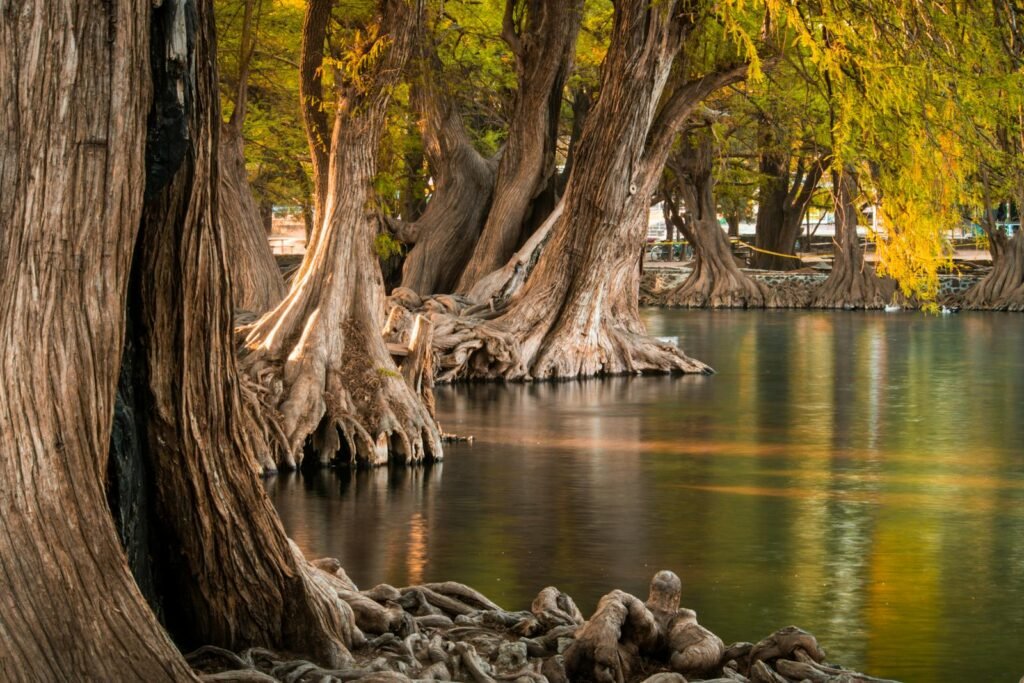
These trees are often referred to as “living fossils.” They can live for thousands of years, with some of the oldest specimens reaching over 2,500 years. This incredible lifespan allows dendrochronologists—scientists who study tree rings—to examine the growth rings of these ancient trees, unlocking centuries-old climate patterns and shifts.
Reading the Rings: A Climate Time Capsule

Each growth ring of a bald cypress tree tells a story of its environmental conditions. Thin rings may indicate periods of drought, while thicker rings suggest times of abundant water. By studying these patterns, researchers have pieced together historic shifts in climate and weather, informing our understanding of both past and future climate scenarios.
Resilient Against the Elements

One of the most fascinating aspects of the bald cypress is its resilience. Despite facing natural elements like hurricanes, floods, and droughts, these trees have adapted in numerous ways to survive and thrive. Their interwoven root systems provide stability and protection against strong water currents, while their spongy trunks allow them to absorb excess water during floods.
Ecosystem Engineers

Bald cypress trees play a crucial role in their ecosystems, supporting a range of wildlife. Their dense root systems create habitats for fish and invertebrates, while their towering trunks offer nesting grounds for birds. Additionally, the leaves that fall enrich the swamp waters with nutrients, fostering a biodiverse environment.
The Role in Modern Climate Study
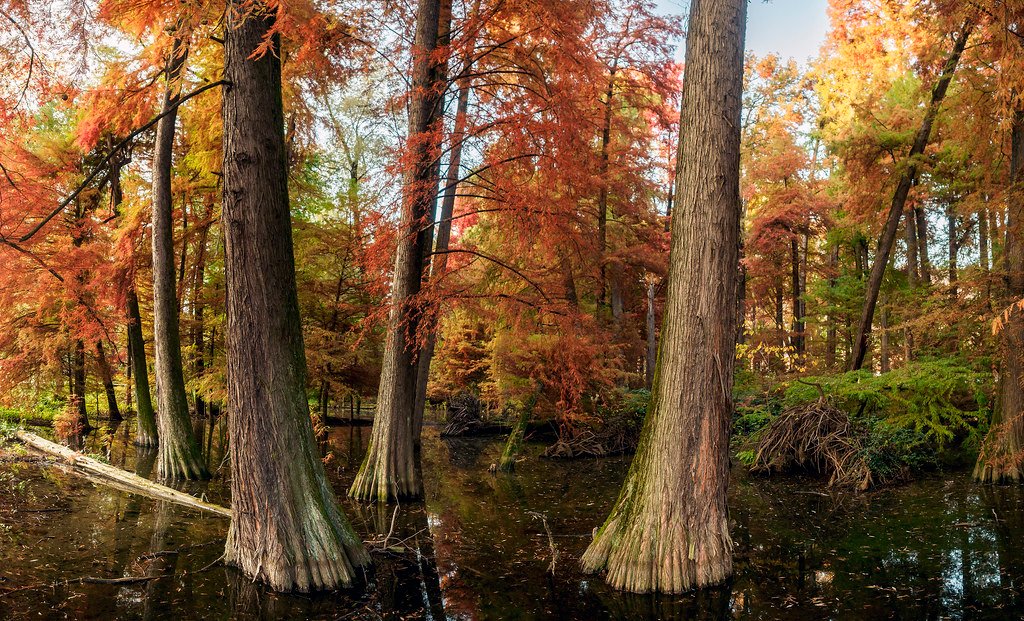
In the current era of climate change, the bald cypress serves as both a historical record and a symbol of resilience. By studying their rings, scientists can predict potential future scenarios and understand how our climate has shifted over millennia. They offer invaluable insights that are being used to model future climate resilience and adaptation strategies.
Local Legends and Cultural Significance
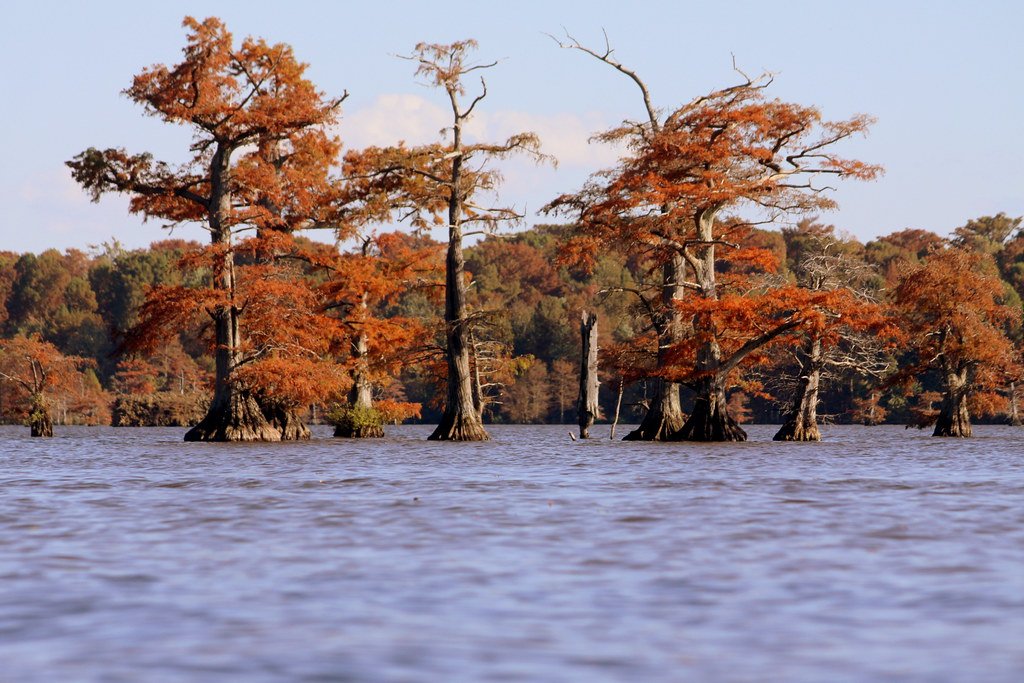
These trees are steeped in legend and lore among the communities that live near them. Tales of spirits and ancient guardians are woven into the cultural fabric of Mississippi, attesting to the deep connection between the bald cypress and local heritage. They are a testament to the trees’ enduring presence and impact through the ages.
Conservation Efforts

Efforts to protect these ancient trees have been increasing. With threats from logging, land development, and climate change, conservation initiatives aim to preserve not just the trees but the entire delicate ecosystem they sustain. Protecting the bald cypress means safeguarding a living record of earth’s history.
New Discoveries in Silent Swamps
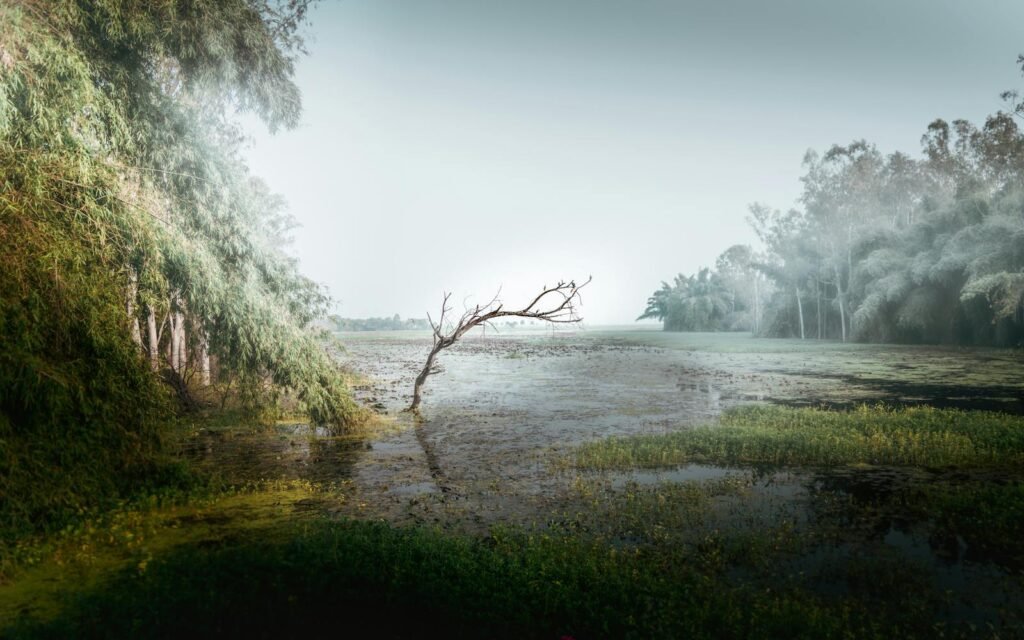
Researchers continue to make groundbreaking discoveries in the swamps of Mississippi. Recent studies have even indicated previously unknown factors about swelling tides and water salinity affecting tree growth. These findings could prove vital in understanding the impact of rising sea levels on similar ecosystems across the globe.
Conclusion: Secrets of the Swamp

The swamp ghosts of Mississippi, with their deep roots and ancient rings, remind us that Earth’s history is inscribed in the natural world around us. The bald cypress trees are more than just ancient relics; they serve as teachers, guiding humanity through the complexities of climate past and present. As we confront modern environmental challenges, these silent sentinels offer wisdom earned from millennia of survival and adaptation.

